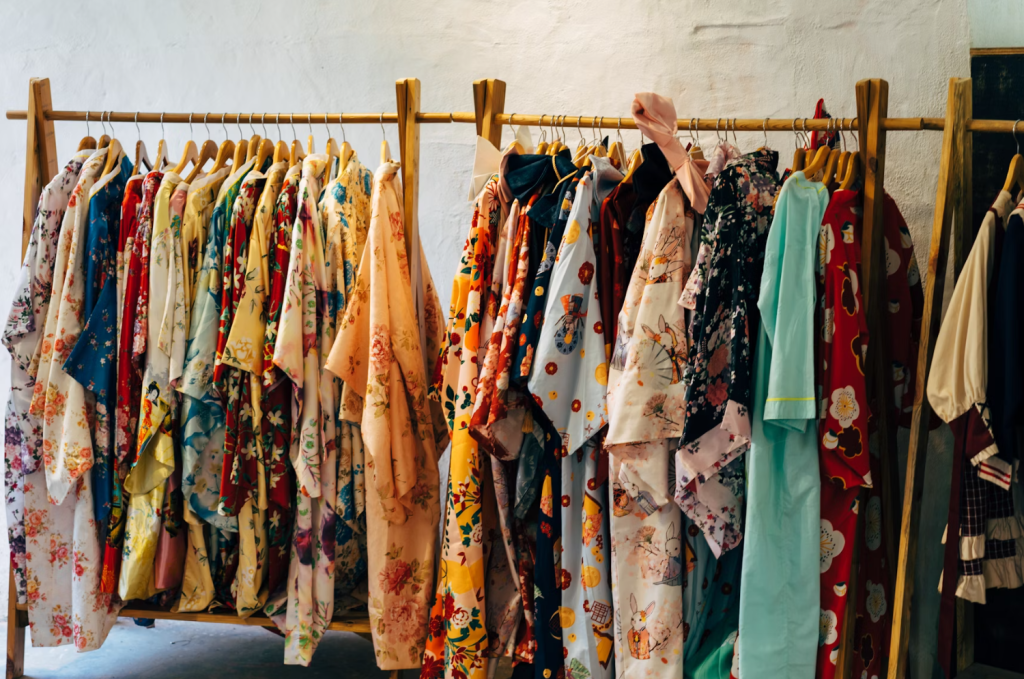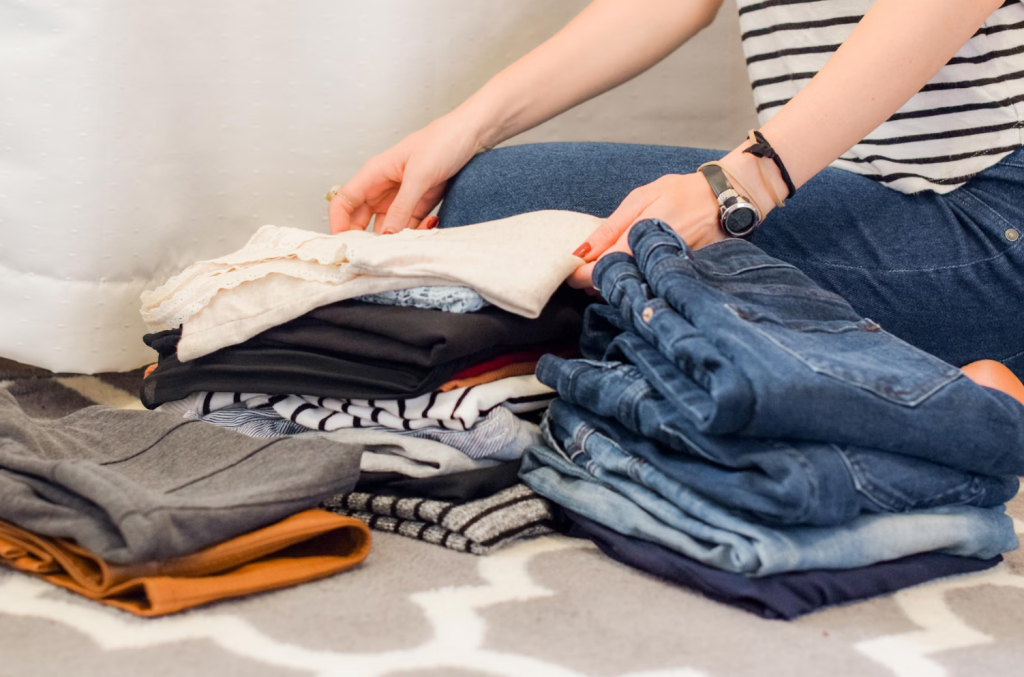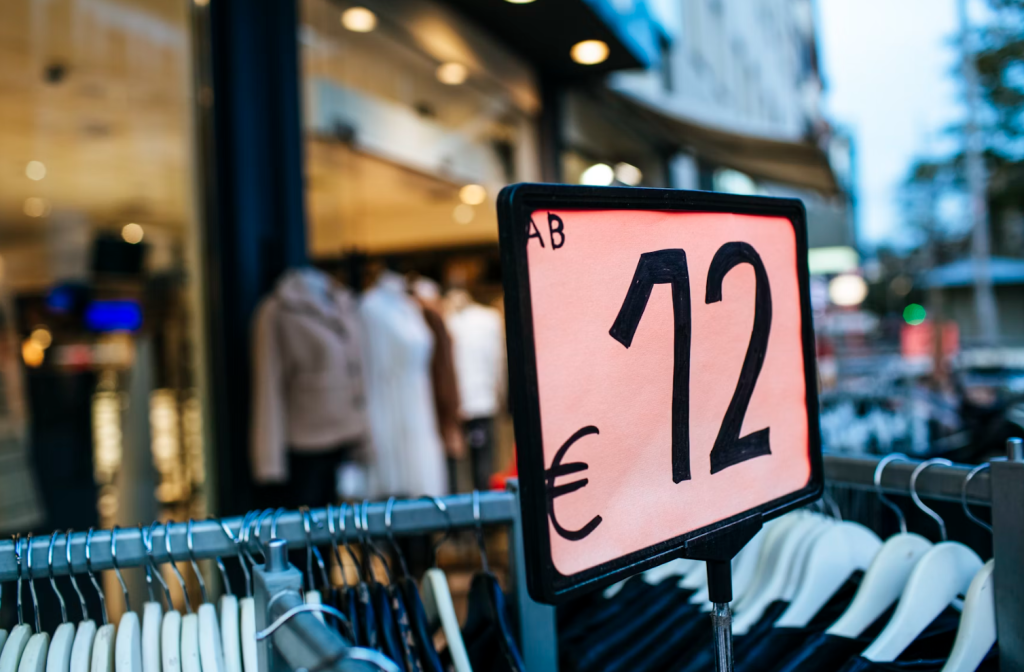Introduction
Imagine walking into a boutique, seeing a chic dress, and wondering—is this a $1,500 luxury piece or a $50 fast-fashion dupe? That’s exactly what we tested when we blind-tested 10 influencers to see if they could truly tell the difference between luxury and fast fashion. The results? Let’s just say the answers might surprise you more than you think.
Why This Experiment Matters
Fashion is no longer black and white. Luxury brands are borrowing trends from fast fashion, and fast fashion is copying luxury aesthetics at lightning speed. Consumers are left wondering—what’s real quality, and what’s just smart marketing?
Years ago, spotting a luxury piece was easy—premium fabrics, fine tailoring, and exclusivity set them apart. But with technology and mass production, fast fashion brands have become masters of creating convincing replicas.
On platforms like Instagram and TikTok, perception matters more than touch. A sleek photo can make even the cheapest polyester look like haute couture. That’s why influencers, who live in this world, were the perfect test subjects.
The Setup of the Blind Test
We selected 10 influencers ranging from micro-creators with 50K followers to fashion powerhouses with millions. Their expertise? They live and breathe style—so they should know better than anyone.
We curated a mix of 20 items: 10 luxury, 10 fast fashion. Think blazers, handbags, shoes, and dresses. Each item was stripped of its label to eliminate bias.
Each influencer got to inspect, feel, and even try on the items. No Googling, no peeking at tags—just raw instinct.
First Impressions: Luxury or Fast Fashion?
Many influencers relied on touch—assuming softness equals luxury. But a few stumbled when fast fashion brands cleverly used blended fabrics that mimicked silk or wool.
Details like stitching, seams, and lining were telling signs—but again, fast fashion brands have stepped up their game, making it harder to distinguish.
Without logos or status symbols, even seasoned influencers admitted their confidence dropped. Turns out, branding is often the real differentiator.
Influencers’ Reactions and Surprises
Some influencers strutted in with confidence, claiming they’d ace the challenge. But reality humbled them quickly—on average, guesses were correct only about 60% of the time.
A $2,000 designer coat was mistaken for fast fashion, while a $40 Zara dress was praised as “high-end minimalism.” Proof that perception trumps price tags.
From laughter to disbelief, influencers admitted the experience made them rethink what they value in fashion.
What the Experiment Reveals About Fashion
Luxury often sells an idea, not just a product. The brand name itself carries status, and consumers often buy into that narrative.
People associate weight, shine, or even exclusivity with luxury—but when stripped of labels, those assumptions fall apart.
Fast fashion giants know exactly which runway trends to copy, often within weeks. This creates a market where luxury and affordable pieces look eerily similar.

Implications for Consumers
If influencers—style experts themselves—struggled to tell the difference, it raises a valid question: are we paying for craftsmanship, or simply a name?
Luxury brands often tout higher quality as a reason for their steep prices. But if fast fashion pieces are visually indistinguishable, what about their environmental cost?
Brands now market themselves as “luxury for less,” offering mid-priced items that mimic both the quality and aesthetics of high fashion.
Key Takeaways from the Blind Test
Luxury doesn’t always mean better-looking, and fast fashion doesn’t always mean low-quality. Style is in the eye of the wearer, not just the label.

Instead of chasing labels, shoppers can focus on fit, comfort, and personal style. After all, confidence makes the outfit—not just the price tag.
Conclusion
Our blind test revealed a hard truth: even fashion influencers, who live in a world of trends and labels, struggle to distinguish fast fashion from luxury when branding is removed. This proves just how powerful perception and marketing are in shaping our fashion choices. Maybe it’s time to rethink what truly defines “value” in our wardrobes.
FAQs
1. Did any influencer guess all the pieces correctly?
No, none got a perfect score. The highest accuracy was 70%.
2. Were handbags easier to identify than clothing?
Interestingly, yes—materials like leather gave more clues than fabrics.
3. Does price guarantee higher quality?
Not always. Some fast fashion items held up surprisingly well in construction.
4. What does this mean for everyday shoppers?
It shows that focusing on fit, comfort, and sustainability might be smarter than chasing brand names.
5. Will fast fashion eventually blur the line completely?
It’s already happening. As production methods improve, the gap between luxury and affordable fashion will only shrink further.
